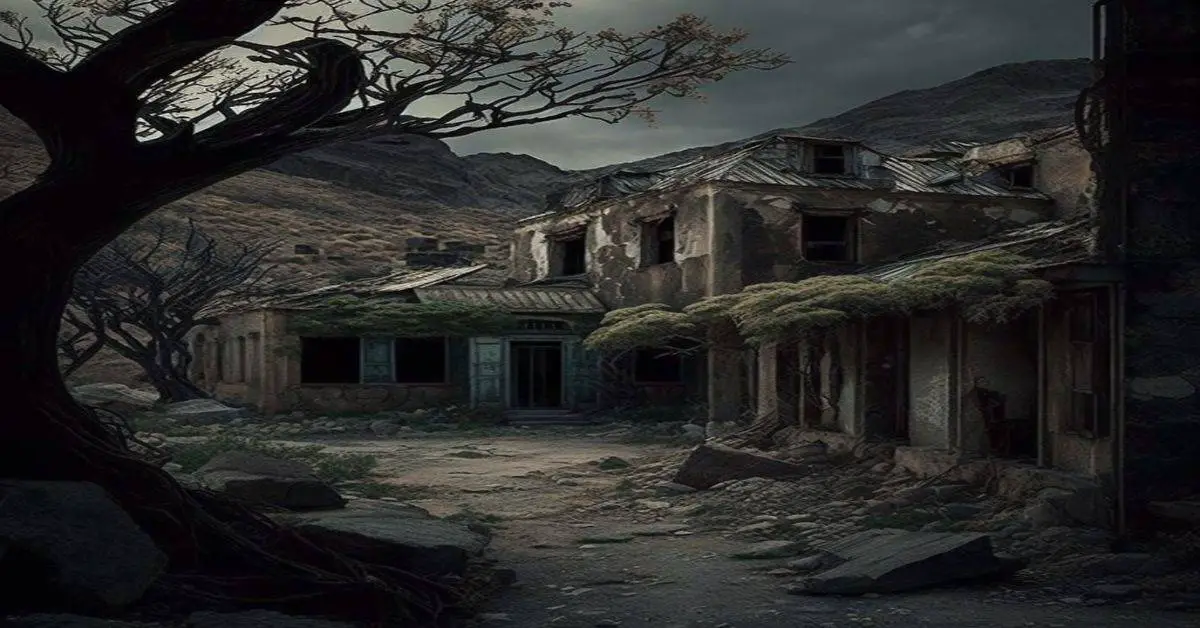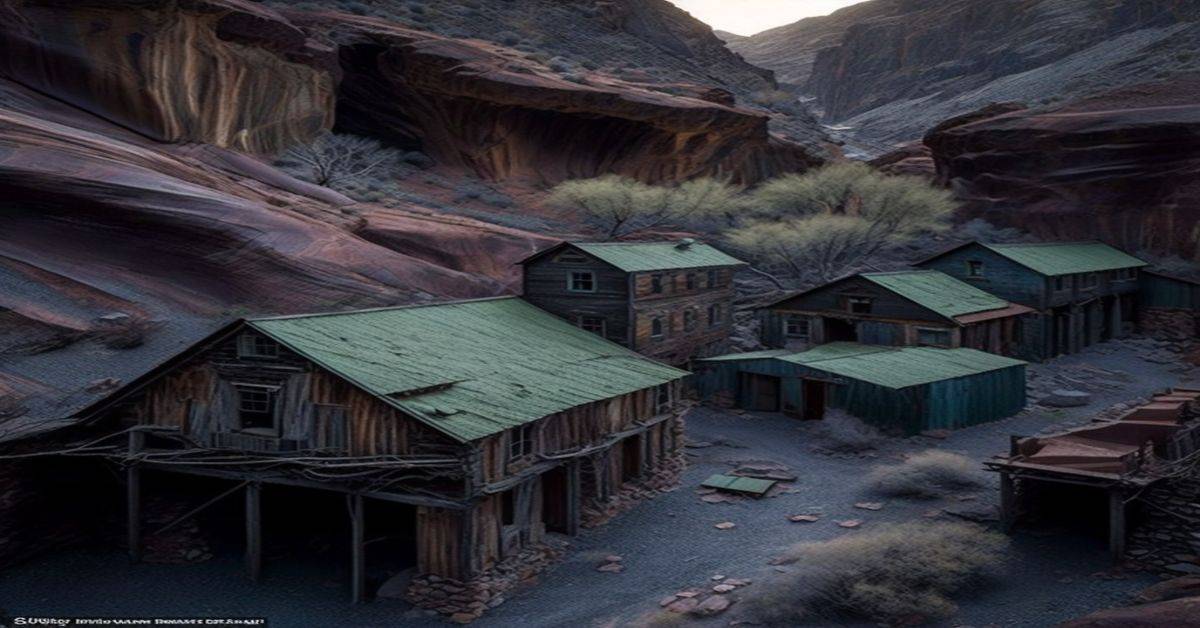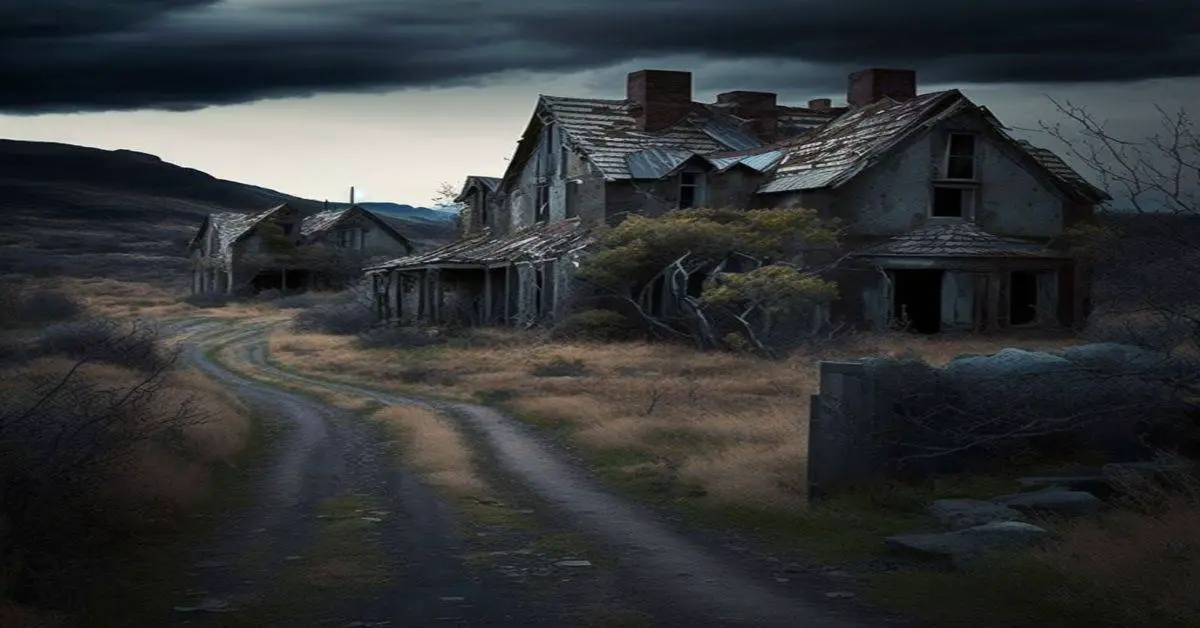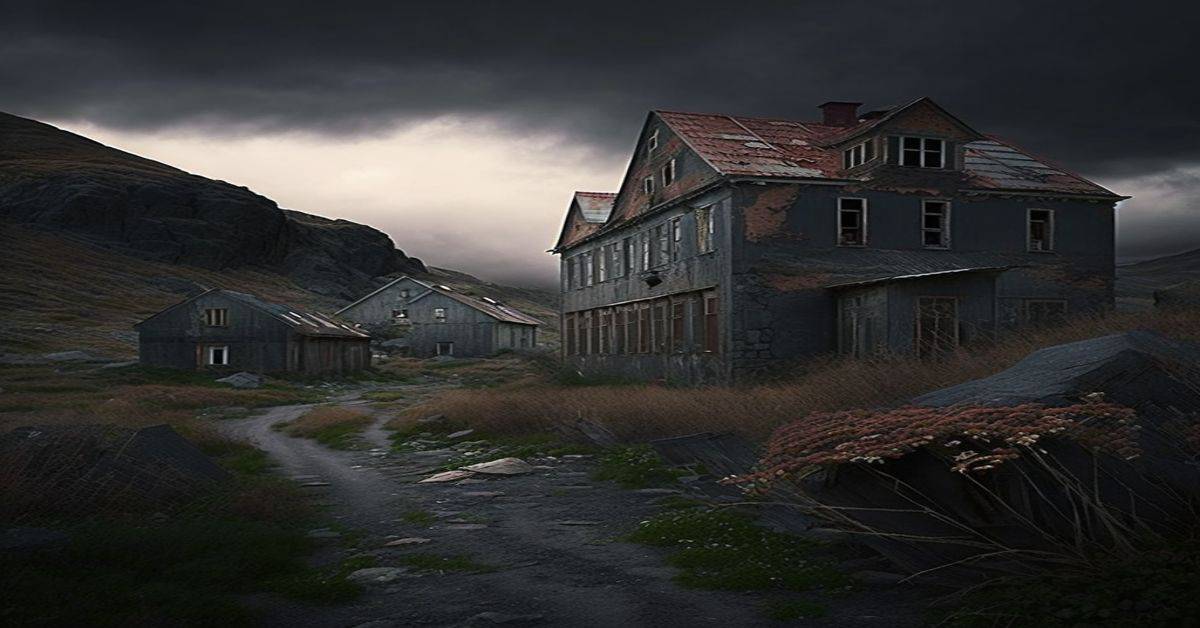Florida’s history is filled with tales of pirates, treasure hunters, and pioneers who have all left their mark on the state. With such a rich past, it’s no surprise that Florida is home to many abandoned towns that are said to be haunted by the ghosts of those who once lived there. If you’re looking for a spooky adventure this fall, why not explore some of Florida’s ghost towns?
Florida’s ghost towns are as diverse as they are haunting, from the mysterious ruins of a Spanish mission to the remains of a once-thriving phosphate mining community. Each has a unique story, sure to send shivers down your spine.
This article will look closely at 9 of Florida’s most intriguing ghost towns. We’ll explore their history, the legends and lore surrounding them, and what you can expect to see if you decide to visit. Whether you’re a history buff or a fan of the paranormal, these ghost towns are sure to leave a lasting impression. So pack your bags, grab your camera, and get ready to explore the eerie side of Florida’s past.
Exploring Florida’s Haunting History
If you’re looking for an eerie adventure this Halloween season, look no further than Florida’s abandoned ghost towns. These unique destinations contain history, intrigue, and perhaps even some supernatural activity. Here are five ghost towns you should add to your fall travel list:
Kerr City in Marion County
Founded in 1884 as a stagecoach stop for travelers between the St. Johns River and Ocala, Kerr City was once a bustling town with over 100 residents. It had a hotel, general store, drug store, school, church, and post office. Unfortunately, most people fled after the Great Freeze of 1894 and 1895, killing all citrus plants.
The hotel burned down in 1907, and the post office remained open until 1941. Although Kerr City is now fenced off and not open to the public, many old homes have been restored and are on the National Register of Historic Places.
Hopewell in Hillsborough County
Originally named Callsville, Hopewell was founded as a plantation shortly before the Civil War. After the slaves were freed, the plantation was divided into smaller homesteads, but eventually, the town was abandoned. Today, the town is surrounded by citrus groves, and the only remaining buildings are the church and cemetery, McDonald House, and the Hull House.
While trees and vines have overtaken many buildings, some homes are still in decent shape and open to curious visitors.
Slavia in Seminole County
Slavia was established by Slovakian immigrants who sought to create a community away from the temptations found in large cities. Though the hard work of turning wet woodlands into successful farms drove many settlers away, the remaining residents created a close-knit community.
No one lives in Slavia today, but visitors can see the oldest remaining building – St. Luke’s Lutheran Church. Built-in 1912, this church building was originally a worker shack. While it has been renovated several times, it still stands at the edge of Slavia’s cemetery.
Okeelanta in Palm Beach County
In 1913, Okeelanta was founded to convert the Everglades into usable farmland. After some initial struggle with farming in the wetlands, the settlers succeeded with sugarcane, corn, beans, and tomatoes. However, frequent floods and freezes caused many of the town’s residents to leave. In 1928, a hurricane ultimately destroyed the town, and the city’s founder, Thomas Will, failed to rebuild the town.
Holopaw in Osceola County
In 1928, the JM Griffin Lumber Company bought a plot of land near the Florida East Coast Railway Kissimmee Valley extension and opened a sawmill. This led to the creation of Holopaw, a town with a population of 2,000 at its peak.
The town thrived with the lumber industry until the timber ran out, and the railroad discontinued service, leading to the decline during the Great Depression. Today, Holopaw remains a ghost town, a reminder of a once-booming industry.
Olympia in Martin County
Olympia is a Florida ghost town that has never seen inhabitants. A banker had the grand idea to build a Greek-inspired second Hollywood during Florida’s real estate boom in the 1920s. Unfortunately, the boom went bust just a few years after the project began, and a hurricane in 1928 destroyed most of the town. In Old Hobe Sound, you can find remnants of this ghost town in streets named after Greek and Roman gods.
Zion in Palm Beach County
Zion is best known for being the site of one of Florida’s Houses of Refuge, life-saving stations for shipwrecked sailors along Florida’s barren eastern coast. Zion’s Orange Grove House of Refuge #3 was in service for 20 years before it was destroyed in a fire in 1927.
This town may also be a location where you can spot actual ghosts. The barefoot mailman, James “Ed” Hamilton, stayed at Orange Grove House of Refuge #3 before disappearing near the Hillsboro Inlet.
Anona in Pinellas County
Captain John Thomas Lowe established the town of Anona, but it eventually disappeared into nearby Largo. However, you can still visit several remaining structures, including an active church and a cemetery where many original settlers are buried.
A short drive away is Heritage Village, where you can tour the Lowe House, a classic example of a homestead house. These homes were popular in the late 19th and early 20th centuries and are identifiable by their gabled roofs and batten siding.
Fort Dade in Hillsborough County
Fort Dade was built on Egmont Key in 1899 to defend the Tampa Bay area during the Spanish-American War. This land was previously home to a lighthouse, a series of military outposts, and an internment camp for Seminole prisoners. At one time, the town had over 300 residents and a hospital, jail, bowling alley, and more. Nowadays, visitors can explore four abandoned fort structures by taking a ferry or boat to Egmont Key.
Explore these ghost towns to uncover Florida’s rich and haunting history. Whether you’re looking for a spooky Halloween adventure or a unique day trip, these towns will intrigue and surprise you with their unique stories and structures.



